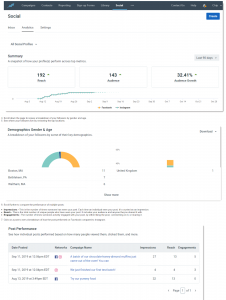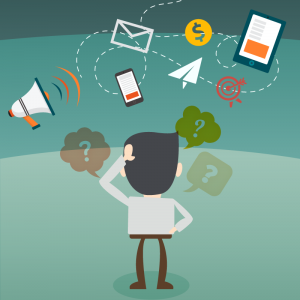“A pile of rocks ceases to be a rock pile when somebody contemplates it with the idea of a cathedral in mind.”
– Antoine de Saint-Exupéry

I consider restoration to be one of my primary purposes as a marketing professional. I like Antoine de Saint-Exupéry’s quote for how it marries purpose and restoration. A driven individual is able to cut through the noise, identify the necessary tools, and layer them so as to achieve a clear purpose: building a beautiful cathedral.
His metaphor moves in two directions. On the one hand, his imagined observer is able to view the rock pile as a cathedral. On the other hand, though, the very act of imagining a cathedral transforms the pile of rocks themselves. Note his language: “…ceases to be a rock pile…”
By simply considering the building blocks in a different way, we ascribe value to them. The blocks are imbued with purpose – no longer a pile of rubble. What aspect of your own career or business would change if you began viewing it as purposeful as opposed to “rubble?” How would a restorative outlook affect the way you see your purpose on the macro-level (i.e. your career path) and on the micro-level (i.e. Monday morning staff meetings)?
Digital Marketing Needs Restoration
“Digital marketing,” as a profession and as a service is running up against a wall. For the last 15 years, digital has been a specialty–a subset–of a greater marketing strategy. Today, digital is fully integrated into the bigger marketing picture. Every serious campaign has a digital component. Every good serious campaign knits digital and traditional together so that they’re inseparable: digital enriching the traditional experience and vice versa.
While the future of marketing and advertising is looking bright, digital marketing has inflicted a few battle wounds along the way. As marketers (and the actual platforms/services themselves) learned to use new tools like Facebook, PPC, SEO, and push notifications over the last decade-and-a-half, something happened: the audience began to be seen as a “target demographic” rather than “human.” (Yes, you could say traditional advertising did the same, but traditional has never had the reach or intimacy that digital has enjoyed. Digital is in the palm of your hand and custom-tailored for you.) Distrust, unease, and disconnect was the result for many.
So What Can We Do?
We start by restoring. And we start now. We begin out of an assumption that people aren’t accustomed to feeling like they’re cared for. We begin with the assumption our audiences aren’t used to being validated. In my new book, Finally Human, I talk about how organizations and companies of all sizes, including Not Impossible Labs, Lowe’s, and Passion Passport are approaching their content strategies with a goal of restoration.
(71)
Report Post




